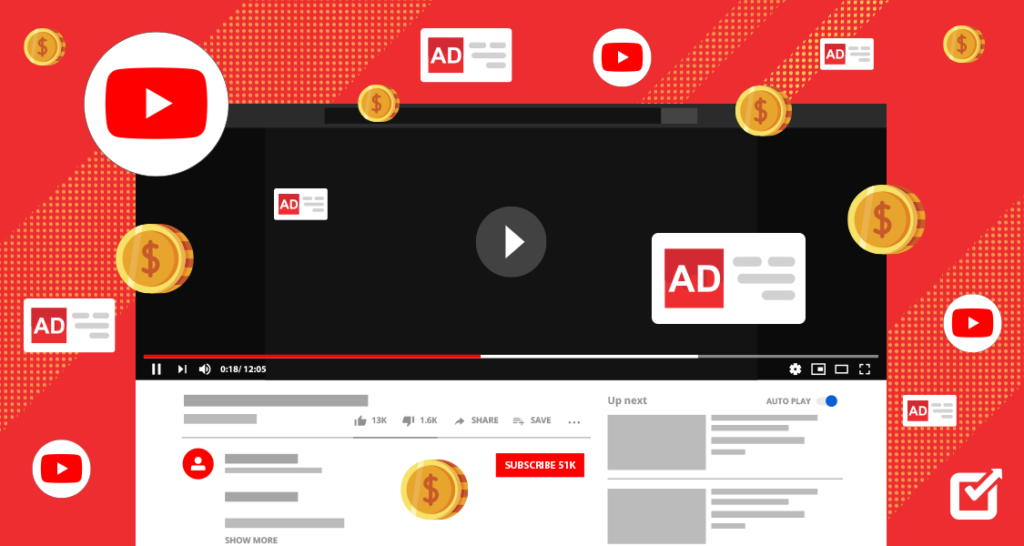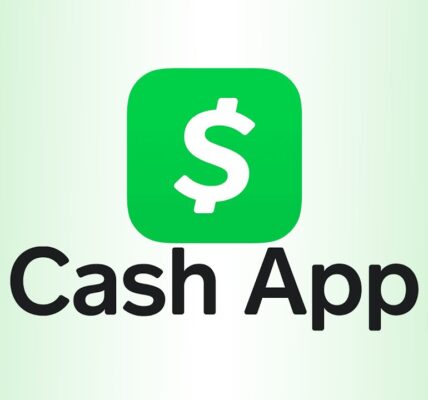
Making money with YouTube ads involves a series of steps that include meeting eligibility requirements, creating engaging content, and optimizing your channel for monetization. Here’s a comprehensive guide on what you need to do to start earning money through YouTube ads:
1. Meet YouTube’s Monetization Requirements
Before you can start earning money from ads, you need to meet YouTube’s eligibility criteria, which include:
- 1,000 Subscribers: You must have at least 1,000 subscribers on your channel.
- 4,000 Watch Hours: You need a minimum of 4,000 watch hours on your videos over the past 12 months.
- Comply with Policies: Your channel must adhere to YouTube’s monetization policies, including community guidelines and copyright regulations.
- AdSense Account: You must create and link an AdSense account to your YouTube channel to receive payments.
2. Create High-Quality, Engaging Content
The cornerstone of a successful YouTube channel is high-quality content that resonates with your target audience. Here’s how to ensure your content stands out:
- Identify Your Niche: Focus on a specific area of interest, whether it’s gaming, beauty, education, or vlogging. This helps attract a dedicated audience.
- Produce Engaging Videos: Create videos that are entertaining, informative, or inspiring. Use good production quality, clear audio, and engaging visuals to keep viewers interested.
- Optimize for SEO: Use relevant keywords in your titles, descriptions, and tags to enhance discoverability. Research trending topics and keywords that resonate with your audience.
3. Enable Monetization on Your Channel
Once you meet the eligibility criteria, follow these steps to enable monetization:
- Sign in to YouTube Studio: Go to YouTube Studio and navigate to the “Monetization” tab.
- Apply for the YouTube Partner Program: Click on “Start” to apply for the YouTube Partner Program. Follow the on-screen instructions to submit your application.
- Set Up Ad Preferences: Once accepted, you can choose the types of ads you want to display on your videos, including display ads, overlay ads, skippable video ads, and non-skippable video ads.
4. Create Consistent and Regular Content
Consistency is key to growing your audience and increasing ad revenue:
- Establish a Posting Schedule: Create a regular posting schedule (e.g., weekly or bi-weekly) to keep your audience engaged and coming back for more.
- Promote Your Videos: Share your videos on social media, blogs, and other platforms to reach a wider audience and increase views.
5. Analyze Your Performance
Regularly review your channel’s performance using YouTube Analytics. Monitor metrics such as watch time, audience retention, and traffic sources to understand what works best:
- Identify Trends: Look for patterns in viewer behavior and adapt your content strategy accordingly.
- Experiment with Content Types: Test different video formats and topics to see what resonates with your audience and drives engagement.
6. Diversify Your Income Streams
While ads can be a significant source of revenue, consider diversifying your income streams to maximize earnings:
- Sponsored Content: Collaborate with brands for sponsored videos or product placements.
- Merchandise Sales: Sell branded merchandise to your audience.
- Memberships and Crowdfunding: Offer memberships for exclusive content or use platforms like Patreon to receive support from your fans.
7. Stay Updated with YouTube Policies
YouTube’s monetization policies and community guidelines can change. Stay informed about any updates to ensure your content remains compliant and eligible for monetization.
Making money with YouTube ads requires a combination of meeting eligibility criteria, producing high-quality content, and actively engaging with your audience. By following these steps and continually optimizing your strategy, you can create a sustainable income stream through YouTube ads while building a loyal viewer base.
How much income generation can one expect when they try to make money with YouTube Ads

When trying to make money with YouTube ads, income generation can vary significantly based on several factors, including audience size, engagement rates, niche, and the type of ads displayed. Here’s an overview of what to expect:
1. Average Earnings Per Thousand Views (CPM)
- CPM Rates: YouTube creators typically earn between $1 to $20 per 1,000 views (commonly referred to as CPM or cost per thousand impressions). However, the average CPM for many creators tends to be around $2 to $5.
- Factors Influencing CPM:
- Niche: Certain niches, like finance or technology, tend to have higher CPM rates because advertisers are willing to pay more for targeted audiences. Conversely, entertainment or lifestyle channels may see lower CPM rates.
- Geography: Viewers from countries like the U.S., Canada, or Australia often result in higher CPM rates compared to viewers from countries with lower advertising budgets.
- Time of Year: CPM rates can fluctuate based on seasonal trends and advertising budgets. For example, during holiday seasons or major events, advertisers may increase spending.
2. Estimating Monthly Earnings
To estimate monthly earnings, consider the following:
- Small Channels (1,000 to 10,000 Subscribers):
- Views: If a channel averages 10,000 views per video and uploads 4 videos per month, that totals 40,000 views.
- Potential Earnings: At an average CPM of $3, earnings would be approximately $120 per month (40,000 views / 1,000 * $3).
- Medium Channels (10,000 to 100,000 Subscribers):
- Views: If a channel averages 50,000 views per video and uploads 8 videos per month, that totals 400,000 views.
- Potential Earnings: At an average CPM of $4, earnings would be about $1,600 per month (400,000 views / 1,000 * $4).
- Large Channels (100,000+ Subscribers):
- Views: If a channel averages 500,000 views per video and uploads 12 videos per month, that totals 6 million views.
- Potential Earnings: At an average CPM of $5, earnings could reach $30,000 per month (6,000,000 views / 1,000 * $5).
3. Ad Formats and Additional Revenue
- Ad Formats: Earnings can also vary based on the types of ads displayed:
- Display Ads: Banners on the side of videos can have lower engagement.
- Skippable Video Ads: These generally yield higher earnings as they can generate more revenue per view.
- Non-Skippable Video Ads: These often result in higher earnings, but can lead to viewer drop-off if overused.
4. Long-Term Growth
Earnings from YouTube ads can increase over time as your channel grows:
- Audience Growth: As your subscriber count and viewer engagement increase, your total views will likely grow, leading to higher ad revenue.
- Content Optimization: Continuously improving video quality, optimizing SEO, and understanding audience preferences can help maintain and grow viewership.
Overall, income generation from YouTube ads varies widely based on channel size, niche, and viewer engagement. While small channels may earn a few hundred dollars per month, larger channels can potentially earn thousands. By focusing on quality content, audience engagement, and strategic monetization, creators can maximize their income potential through YouTube ads.




